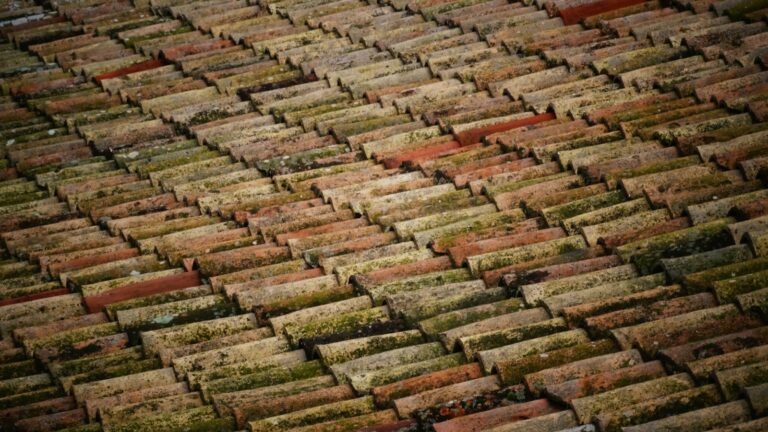Replacing a roof is one of the most significant investments a homeowner can make. Whether due to aging, damage, or simply a desire for a fresh look, this project demands careful planning and consideration. From choosing materials to hiring contractors, several crucial factors influence the process. This guide explores seven essential aspects to keep in mind when embarking on a roof replacement project, ensuring you make informed decisions and achieve optimal results.
Hiring a Reputable Contractor
Choosing the right contractor can make or break your roof replacement experience. Look for licensed, insured professionals with a proven track record in roof installations. Ask for referrals from friends, family, or online reviews, and interview multiple candidates to compare their expertise, pricing, and communication skills. You can go now and learn how a reliable contractor will not only execute the installation but also provide guidance on material selection. They will also guide project timelines and give maintenance tips.
Assessing Your Roof’s Condition
Before diving into any roof replacement project, it’s essential to assess the current condition of your roof thoroughly. Inspect for signs of wear, such as missing or damaged shingles, leaks, or sagging areas. Understanding the extent of the damage or wear will help determine whether a repair or full replacement is necessary. Consulting with a professional roofing contractor can provide valuable insights and recommendations based on their assessment.
Choosing the Right Materials
Selecting the appropriate roofing materials is a critical decision that significantly impacts both the aesthetics and functionality of your home. Your options span from traditional asphalt shingles, known for their affordability and ease of installation, to more durable choices like metal, slate, or clay tiles, each offering unique benefits in terms of longevity, weather resistance, energy efficiency, and maintenance needs. It’s essential to weigh these factors thoughtfully against your budget constraints and aesthetic preferences. While asphalt shingles may be cost-effective upfront, materials like metal or slate can offer longer-term durability and a distinctive appearance, making them worth considering for homeowners seeking both practicality and style in their roof replacement projects.
Setting a Realistic Budget
Replacing a roof involves significant costs, making budgeting a crucial step in the planning process. Take into account not only the cost of materials but also labor, permits, and any unforeseen expenses that may arise during the project. Research average costs in your area and obtain multiple quotes from reputable contractors to ensure your budget is realistic and comprehensive. Remember that investing in quality materials and skilled labor can contribute to the longevity and durability of your new roof.
Understanding Local Building Codes and Permits
Before commencing any roof replacement project, familiarize yourself with local building codes and permit requirements. These regulations vary by region and may dictate specific guidelines for roofing materials, installation techniques, and safety protocols. Obtaining the necessary permits ensures compliance with local laws and avoids potential fines or delays in your project timeline. Your chosen contractor should be well-versed in these requirements and assist in obtaining permits as needed.
Considering Energy Efficiency and Sustainability
In today’s environmentally conscious world, more homeowners are prioritizing energy-efficient and sustainable roofing solutions. For instance, cool roofs are designed to reflect sunlight and reduce heat absorption, which can lower cooling expenses and decrease environmental footprint. Furthermore, there are roofing materials available that are recyclable or made from recycled content, providing a greener alternative to conventional options. Discuss these choices with your contractor to ensure you make an informed decision that aligns with your sustainability objectives. Opting for such environmentally friendly roofing solutions not only helps in conserving energy but also contributes positively towards reducing your home’s carbon footprint over time.
Planning for Maintenance and Long-Term Care
Once your new roof is installed, prioritizing proper maintenance is essential to ensuring its longevity and optimal performance over the years. Establishing a routine maintenance schedule is crucial, encompassing regular inspections for signs of damage, clearing gutters to prevent blockages, and promptly addressing any identified issues. It’s equally important to fully grasp the details of both the manufacturer’s warranty for the roofing materials and the contractor’s warranty for the installation. This understanding will prove invaluable if repairs or replacements are required in the future. Consistent upkeep not only safeguards your initial investment but also maintains your home’s resilience against weather elements, ensuring continued protection and peace of mind for you and your family.
Replacing your roof is a substantial project that requires careful planning, attention to detail, and the expertise of qualified professionals. By assessing your roof’s condition, choosing the right materials, setting a realistic budget, hiring a reputable contractor, understanding local regulations, considering energy efficiency, and planning for long-term maintenance, you can navigate the process effectively and achieve a durable, aesthetically pleasing roof that enhances your home’s value and comfort.
